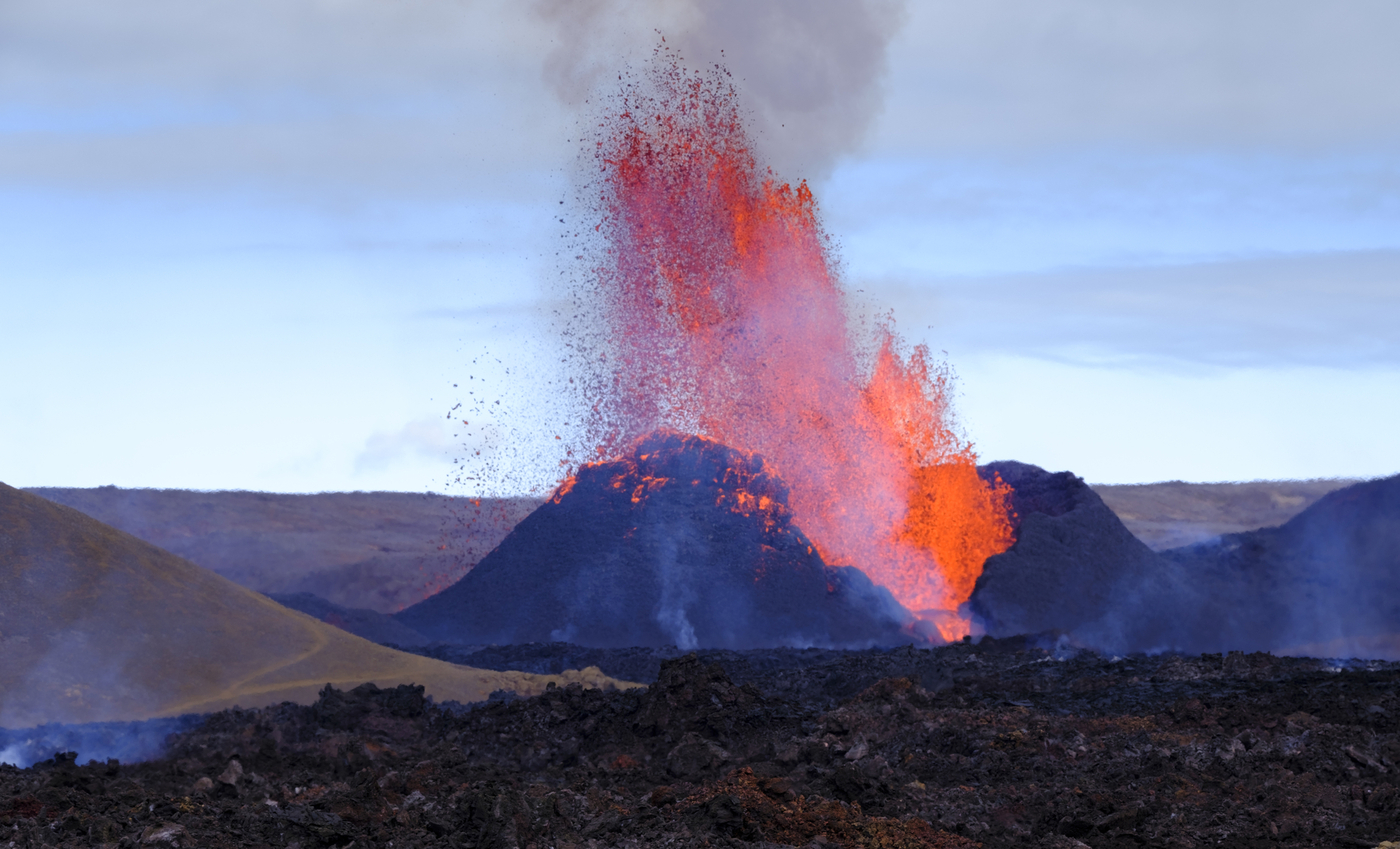Researchers at the Earth Science Institute of the University of Iceland and the Icelandic Meteorological Office, in collaboration with international partners, have employed advanced technology to analyse volcanic gases at the Fagradalsfjall eruption site, providing a clearer picture of the tunnel systems and lava fountains at eruption site. Their findings were published in the prestigious journal Nature Communications last month.
The three eruptions at Reykjanes Peninsula have captured significant public attention, showcasing majestic lava fountains. The eruptions have also provided scientists with a unique opportunity to study the nature and behaviour of volcanic activity.
One focus of the investigation has been the volcanic gas released during these eruptions. The gas is a key factor in influencing volcanic behaviour and determining whether an eruption will be effusive or explosive.
In the article in Nature Communications, they point out that the eruption at Fagradalsfjall differs significantly from previous lava flows that have been extensively studied, such as those at Kīlauea in Hawaii and Etna in Sicily. The magma in the latter eruptions originated from magma chambers at depths of less than five kilometres. However, as research indicates, the magma at Fagradalsfjall appears to have its origin in magma forming at much greater depths at the junctions of the Earth's crust and mantle.
Furthermore, the scientists point out that, in comparison to eruptions at Kīlauea or Etna, the lava fountains at Fagradalsfjall have been much more regular, with shorter intervals between them. This has raised the question of what governs the nature of these lava fountains. The research, utilizing cutting-edge technology such as infra-red video recordings, has yielded highly precise data on the chemical composition of volcanic gases at Fagradalsfjall. Scientists assert that this dataset is unparalleled in its accuracy and contributes significantly to our knowledge of volcanic gas composition.
The results indicate that the activity of lava fountains is closely linked to the release of gas from magma. At Fagradalsfjall, a specific type of gas release, coupled with temporary accumulation, occurs at depths of several tens of meters in cavities, reminiscent of features observed in other volcanic systems like Þríhnjúkagígur.
The implications of these research findings are significant for both the scientific community and society at large. The ability to obtain real-time, precise data on the quantity and composition of gases released during volcanic eruptions allows for a better understanding of their impact on air quality and public health. Furthermore, the gas composition provides insights into the nature of volcanic eruptions, and with future precise measurements, there is hope for improved prediction of volcanic activity.
The full article is available on the Nature Communications website, open to all interested parties.




